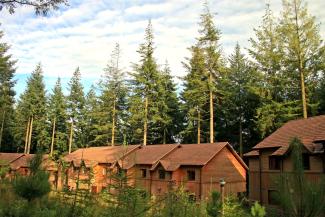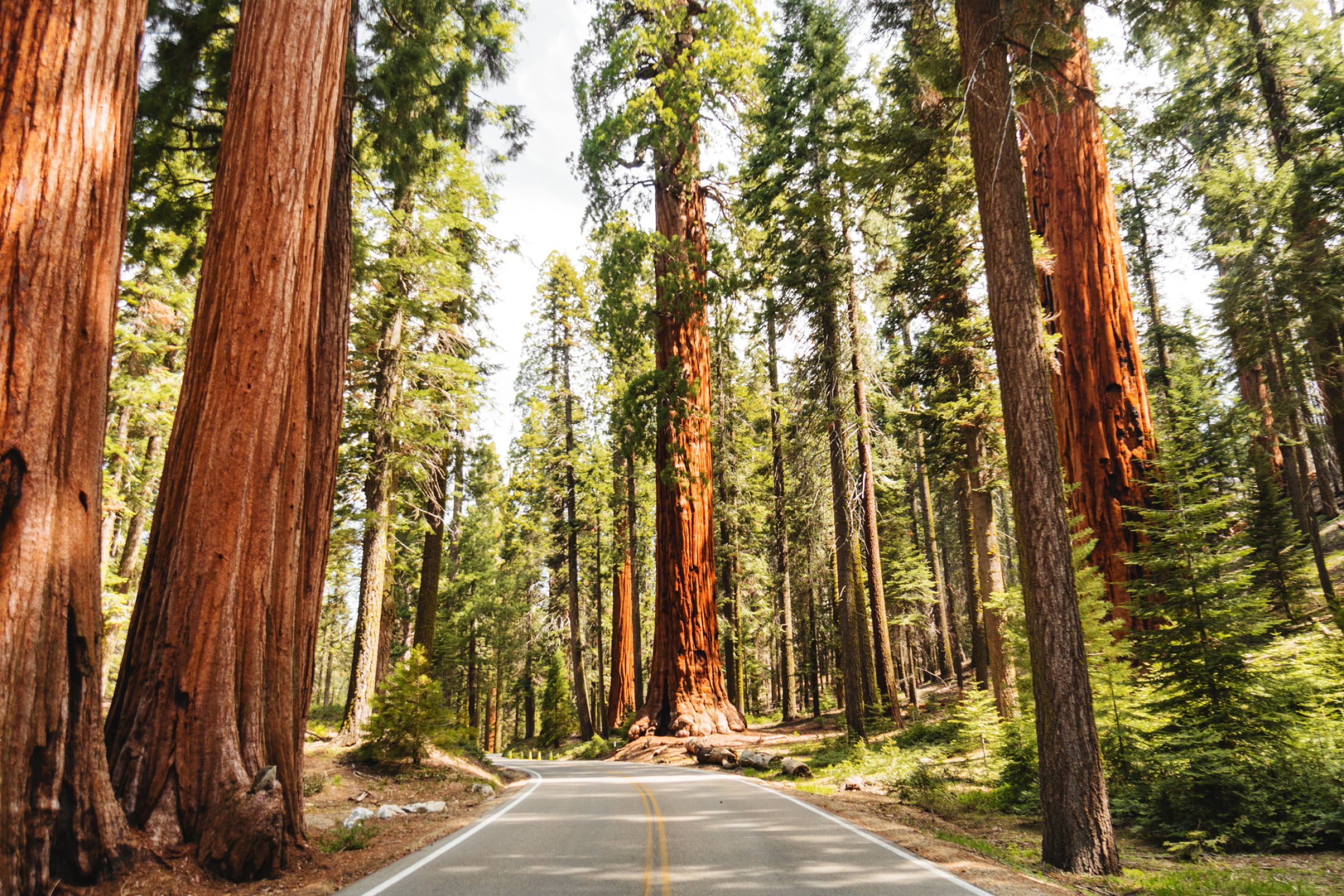
An innovative water conservation system that utilizes pressure-assisted low-consumption toilets at the Giant Forest in Sequoia National Park has ensured that the 200-building guest, employee, dining and recreation facilities will be operating for three more years while new facilities are built a few miles away, outside of the landmark Sequoia forest.
The Giant Forest area attracts more than 1.5 million visitors from May to November annually, and several hundred thousand people stay in the hotel and rustic cabins each year. Unfortunately, the aging, inadequate treatment plant that handles waste-water from the Giant Forest facilities had been deemed substandard.


With plans for the Park Service to protect the thousand-year-old trees and return the Giant Forest to its natural state, a new treatment plant and tourist facilities were scheduled to be built six miles away. However, due to delays in funding for the new facilities, the California Regional Water Control Board (CRWCB) granted a temporary discharge permit for the current treatment plant to continue operating.
The new facilities were underway, but not completed when the temporary discharge permit expired. The CRWCB notified Giant Forest of its intention to close the entire operation unless the park could submit an operations plan within five months achieving full compliance with all applicable wastewater treatment standards.
Drastic measures were required to keep Giant Forest open for three more years while the lodge and new water treatment plant were being completed. Water-saving showerheads, faucets, dish machines were installed and the park launched a massive information campaign to encourage employees and visitors to conserve water. The most critical course of action was installing 250 water closets equipped with the Flushmate® 1.6 gallons per flush pressure-assisted system.
Initially, The National Park Service and the CRWCB estimated a water savings of 18,000 gallons per day. Both agencies have thought that these reductions, though significant, would not be enough to keep the park fully open.
The results surprised nearly everyone. For the five busiest months, from May to September, water flow was reduced by nearly 53% or an average of about 32,000 gallons a day. “It was a success like you wouldn’t believe,” reports Mark Malmquist, maintenance manager for Sequoia National Parks. “This has made people all the way to Washington very happy.”
The new Flushmate system eased daily maintenance, too. Before installation, Malmquist reports that the buildings, the oldest of which was built in 1923, had “the usual headaches that go with old toilets.” The new units, compared to other low-flush toilets, feature a larger water surface for fewer stains, a larger trapway for fewer clogs and a deeper trap seal for greater safety.
Flushmate and the other water-saving systems kept this park from being closed.
Mark Malmquist, Sequoia National Parks Maintenance Manager
Best of all, with the help of Flushmate and other water-conserving equipment, the Giant Forest was able to stay well below the maximum daily water flow mandated by the state. Within a single year, the park reduced its water usage by over 50%. The changes were cost-effective, too.
Malmquist reports a 100% payback on the water-saving program in less than 7 months after installation. “We’re thrilled with the success of this program. And it’s a program that can be repeated over and over again, nearly anywhere, with similar results. Flushmate and the other water-saving systems kept this park from being closed.”